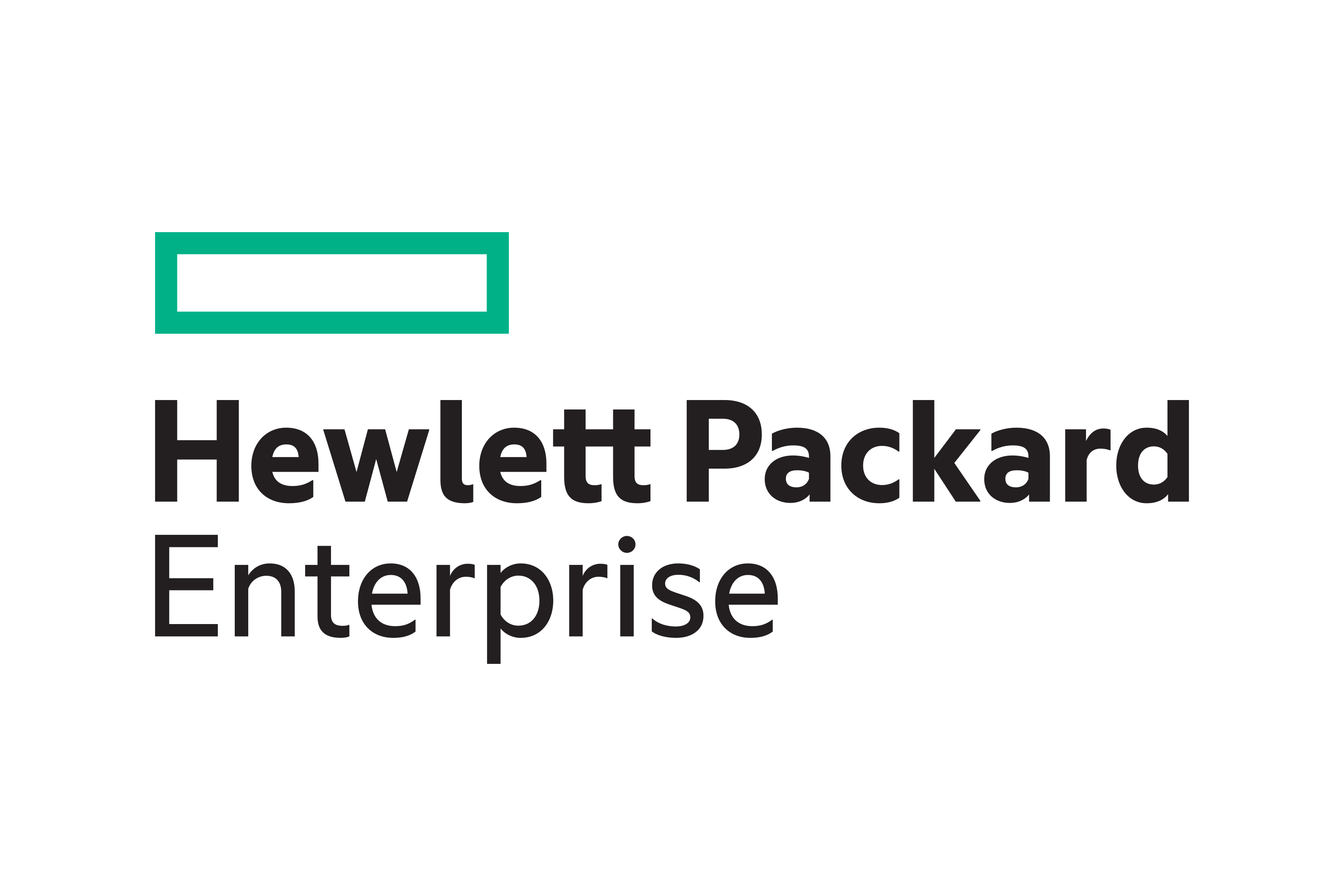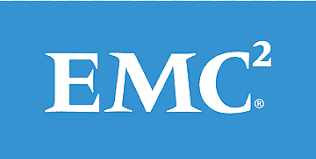Kinesis Infotech’s enterprise storage solutions offer the reliability, performance, and flexibility necessary to support today’s data-intensive digital enterprises. High performance, high availability, and flexible options for scaling are all part of the Infinidat portfolio, designed to help your company empower competitive advantage at multi-petabyte scale.
The Kinesis Infotech portfolio covers a full range of robust storage and data protection capabilities, easily leveraged to address the biggest data management and data protection challenges for private, public, and hybrid cloud architectures. Primary storage, business continuance, and disaster recovery are all supported by Kinesis Infotech solutions.
For Extreme Performance and Scale requirements of mission-critical applications, Kinesis Infotech offers Fastest Storage Array designed for performance scale and availability to handle even the toughest workloads including block, file, mainframe, etc.
For Enterprise Class Object Storage Requirements, Kinesis Infotech offers Object Storage platform providing unmatched scalability, flexibility, and resiliency that is truly software-defined and allows customers to deploy this platform on your own terms - as a turnkey storage appliance, as a software-only solution designed to run on industry-standard hardware, through public cloud solutions.
For Enterprise Scale-out Network-Attached Storage (NAS) system, Kinesis Infotech offers All-Flash, Hybrid and Archive platforms to support a wide range of demanding file workloads.
For Enterprise Class Unified Storage requirements, Kinesis Infotech offers All-Flash, as well as Hybrid Flash, unified storage platforms optimizing SSD performance and efficiency, with fully integrated SAN and NAS capabilities.
Common Types of Enterprise Data Storage
1. Direct-Attached Storage (DAS)
Direct-attached storage (DAS) connects directly to a server or workstation without a network interface. This can be via internal drives or external devices connected via USB, eSATA, or other interfaces. DAS offers low latency and high-speed access since the storage is directly attached to the system, making it ideal for applications requiring high performance with minimal network overhead.
However, DAS is limited in scalability and often needs more flexibility for larger enterprise settings. As each DAS unit is directly connected to a specific system, managing multiple DAS devices across an organization can become cumbersome. This limitation makes DAS more suitable for specific use cases, such as small businesses or departments within larger organizations requiring isolated storage.
2. Network-Attached Storage (NAS)
Network-attached storage (NAS) systems are dedicated storage devices connected to a network, providing data access to various clients and devices. NAS units use standard network protocols such as NFS (network file system) or SMB (server message block), making them accessible from different operating systems. One of the significant advantages of NAS is its ease of setup and user-friendly interfaces, making it accessible for users without deep technical knowledge.
NAS systems are for data sharing and collaboration, allowing multiple users and devices to access the same files simultaneously. This makes NAS an excellent option for environments like offices or creative studios where file sharing is essential. Additionally, high-end NAS devices offer features like synchronization with cloud services, automated backups, and media streaming capabilities, enhancing their utility beyond simple file storage.
3. Object Storage
Object storage is a data storage architecture that manages data as discrete units, or “objects,” each consisting of data, metadata, and a unique identifier. Unlike file storage, which organizes data hierarchically, and block storage, which stores data in fixed-size blocks, object storage employs a flat file system, making it limitlessly scalable. This makes it ideal for handling vast amounts of unstructured data like medical records, genomics information, financial documents, multimedia files or backups.
Object storage is highly durable due to its distributed architecture which allows data to be striped across multiple storage devices. Most object storage systems today employ the AWS S3 API, making them compatible with software written for cloud operating systems. This compatibility also makes it ideal for hybrid cloud deployments as a common set of APIs can be deployed on prem and in the cloud, making data mobility seamless.
4. Storage Area Networks (SANs)
Storage area networks (SANs) deliver block-level storage. In this environment, the file system (or database) resides at the server level rather than at the storage level. SANs provide scalability, high performance, low latency and redundancy, making them suitable for mission-critical applications such as databases, ERP systems, and high-transaction environments. These networks use protocols like Fibre Channel or iSCSI (internet small computer systems interface) to facilitate fast data transfers and redundancy features.SANs support features like snapshotting, cloning, and disaster recovery, though they come with higher complexity and cost. Implementing and managing a SAN requires specialized knowledge and tools, but the benefits of consolidated, high-performance storage often outweigh these challenges for large enterprises.
5. Software-Defined Storage
Software-defined storage (SDS) abstracts storage resources from the underlying hardware using software, providing a flexible and scalable solution. It is usually deployed on industry-standard servers, avoiding the need for proprietary hardware.
SDS describes an architecture rather than a specific protocol, and can be either block, file or object. It decouples storage functions such as management, provisioning, and replication from physical devices, allowing organizations to leverage commodity hardware and reduce costs. This model enables better resource utilization and simplifies storage management across varied environments.
It supports scaling by adding more hardware resources and software instances, making it suitable for rapidly growing data environments. Moreover, SDS provides centralized management and monitoring, offering better visibility and control over an organization’s entire storage infrastructure.
6. Cloud Storage
Cloud storage allows organizations to store data on remote servers accessed via the internet. Public cloud storage providers like AWS, Google Cloud, and Azure offer scalable and flexible storage solutions without the need for managing physical hardware. Cloud storage provides a pay-as-you-go model, making it cost-effective for handling variable storage needs.




